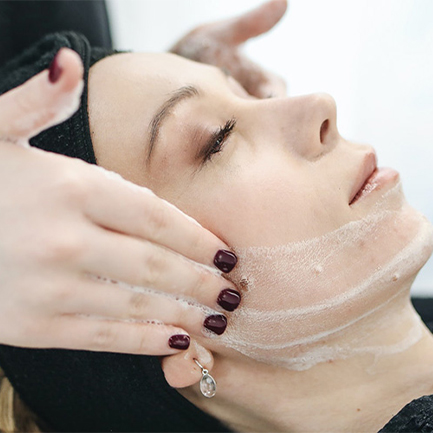Contact Dermatitis
Rashes after you come in contact with common ingredients, plants, etc.
Two main types – Allergic and irritant
Why do I have contact dermatitis?
Many times patients with contact dermatitis have “sensitive skin” or even eczema prior to developing contact dermatitis – others develop it after many years of exposure.
What is allergic contact dermatitis?
Allergic Contact Dermatitis (ACD) is when you come in contact with a substance that your immune system has become allergic too and then reacts to. The most well-known is Poison Ivy – yes this is an ACD.

Wait, I have been using this cream/cosmetic/perfume for years – I can’t be allergic to it, can I?
The simple answer is that we are not born with allergies. We gain them through exposure so it is not uncommon that something that we use daily or have used for many years becomes something that we start to create an allergic response to.
How do I treat ACD?
Usually the first step is treatment with topical anti-inflammatories, typically topical steroids. But an important part of treating ACD is patch testing – where we test the skin for reactions to common allergens. In this way, we help the patient discover the cause and attempt to avoid the product or specific chemical.
Irritant contact dermatitis, what’s that?
Irritant contact dermatitis (ICD) is when a substance causes breakdown or injury to our skin. The most common irritant to our skin is actually water – yes, seriously. Chemical burns and exposures to acids are also ICD just more severe. An example of ICD would be a dishwasher that has continuous
exposure to water – or a cement contractor that has exposure to cement materials, etc.
How do I treat ICD?
This is fairly intuitive but can be tough. All that must occur is reduction in exposure to the irritant and then use of hydrating and repairing lotions/creams/ointments to help heal the broken skin barrier. The hard part happens when the irritant is part of a persons job.
Source: American Contact Dermatitis Society (link – https://www.contactderm.org/

